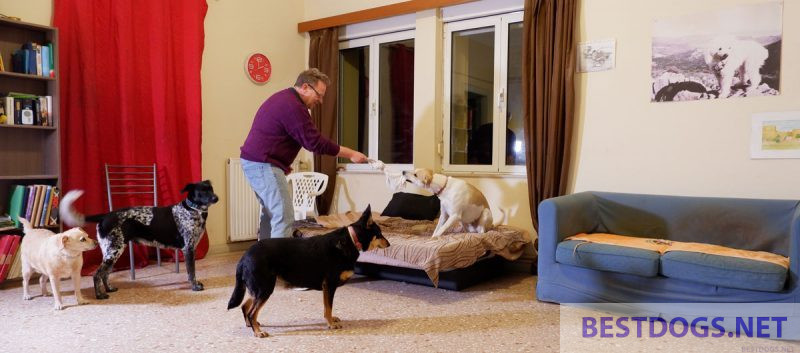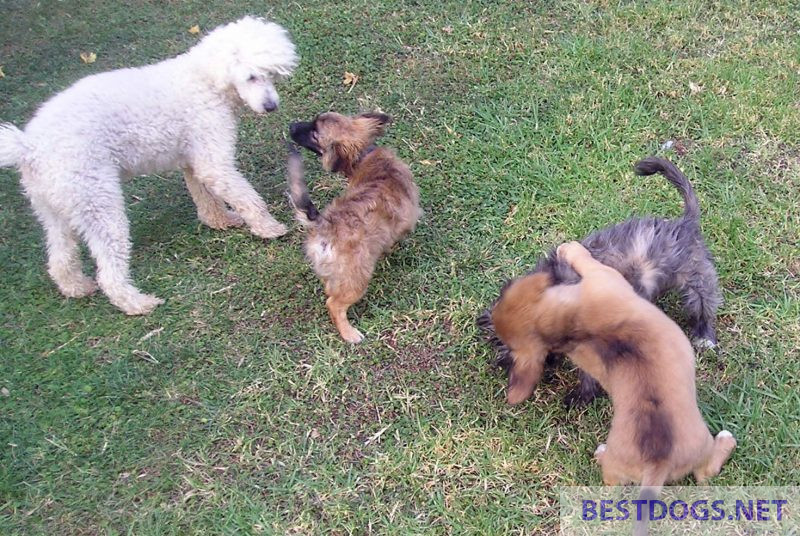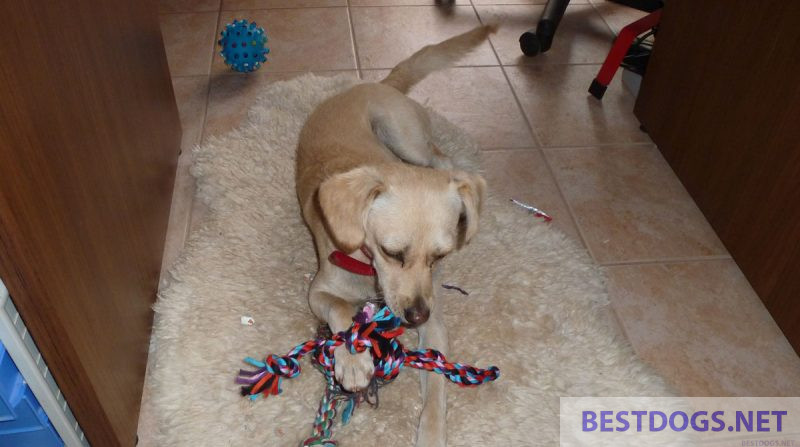The dog diseases of the south around the Mediterranean.
Symptoms and treatment of leishmaniasis, babesiosis, ehrlichiosis and heart worm disease. Annoying fleas and ticks as vectors and their control.
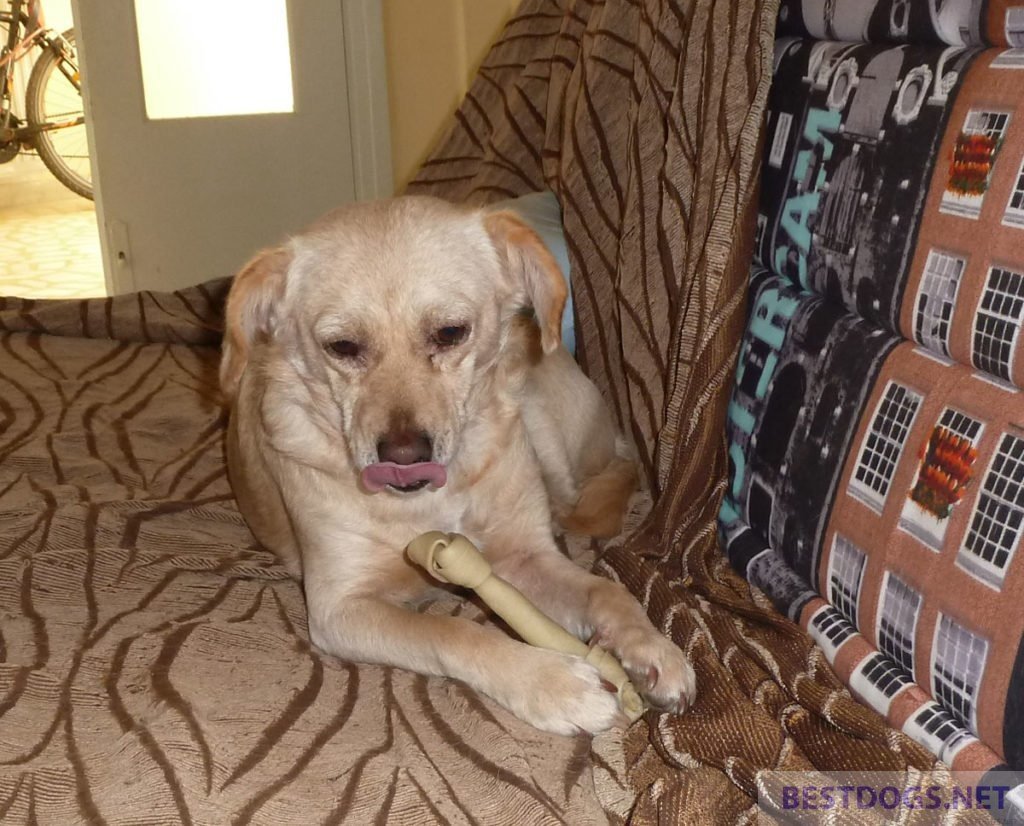
Dogs can of course get sick anywhere or adopted dogs from abroad can bring local diseases with them. A changed character of the beloved dog, a ruffled and dull coat, dull eyes, fatigue, indigestion, lack of appetite, frequent itching or a persistently dry nose are usually clear signs of this.
Diseases of the South
Table of Contents
In the areas around the Mediterranean there are strange diseases for dogs, which originally only occurred there due to the warmer climate. Due to the climate change, the pathogens can now even occur in southern Germany.
In Southern Europe and around the Mediterranean these special pathogens are everywhere and sometimes even infect people as well as animals.
Leishmaniasis or heart worm disease in particular often occurs to dogs. Although the veterinarians and animal welfare activists there are familiar with the problem and no dog suffering from such a disease may be given up for adoption abroad, sometimes the symptoms are only recognized after months. For example, it is not untypical for leishmaniasis that an infection occurs during the main season of the pathogen from August to October, but the disease itself is not recognized until six months later in spring.
Therefore, it is in any case sensible to have the tests for these pathogens from the south carried out by a veterinarian immediately after the arrival of the dog. This should be done for leishmaniasis, ehrlichiosis and babesiosis and repeated six months later due to the long incubation period. The tests should be done for all three pathogens at the same time, as they all have very similar symptoms and can be transmitted by a single insect bite.
In principle, every dog must also be vaccinated annually. This protective vaccination is against distemper, the contagious liver inflammation hepatitis, leptospirosis, parvovirosis and of course rabies.
In the south, a worming cure should also be carried out every three months, as the warmer climate here increases the risk of worm disease.
Leishmaniasis
Leishmaniasis is transmitted exclusively by the bite of the sand fly, similar but not identical to a very small mosquito. The pathogen is a unicellular organism that the sand fly has ingested from the bite of an already infected animal and can pass it on to other dogs.
The sand fly is found in the entire Mediterranean area, as well as in southern France, Romania and Hungary. Even in the mild areas of the Upper Rhine it has already appeared in the meantime.
The disease occurs in two variants, the cutaneous skin form and the visceral organ form.
The skin shape first shows itself through small nodules in the coat, similar to white scales on the hair strands. In addition, there are frayed edges of the ears and bald, scaly areas around the eyes and on the joints. As the pathogen spreads, this spreads to the entire body of the dog.
The organ shape leads to increased kidney values, pale and also bleeding mucous membranes and noses. In addition, the animal is generally in a weak condition. Also, an emaciated dog or swollen lymph nodes can indicate leishmaniasis.
About 2.5 million dogs in Europe are already infected with this deadly disease.
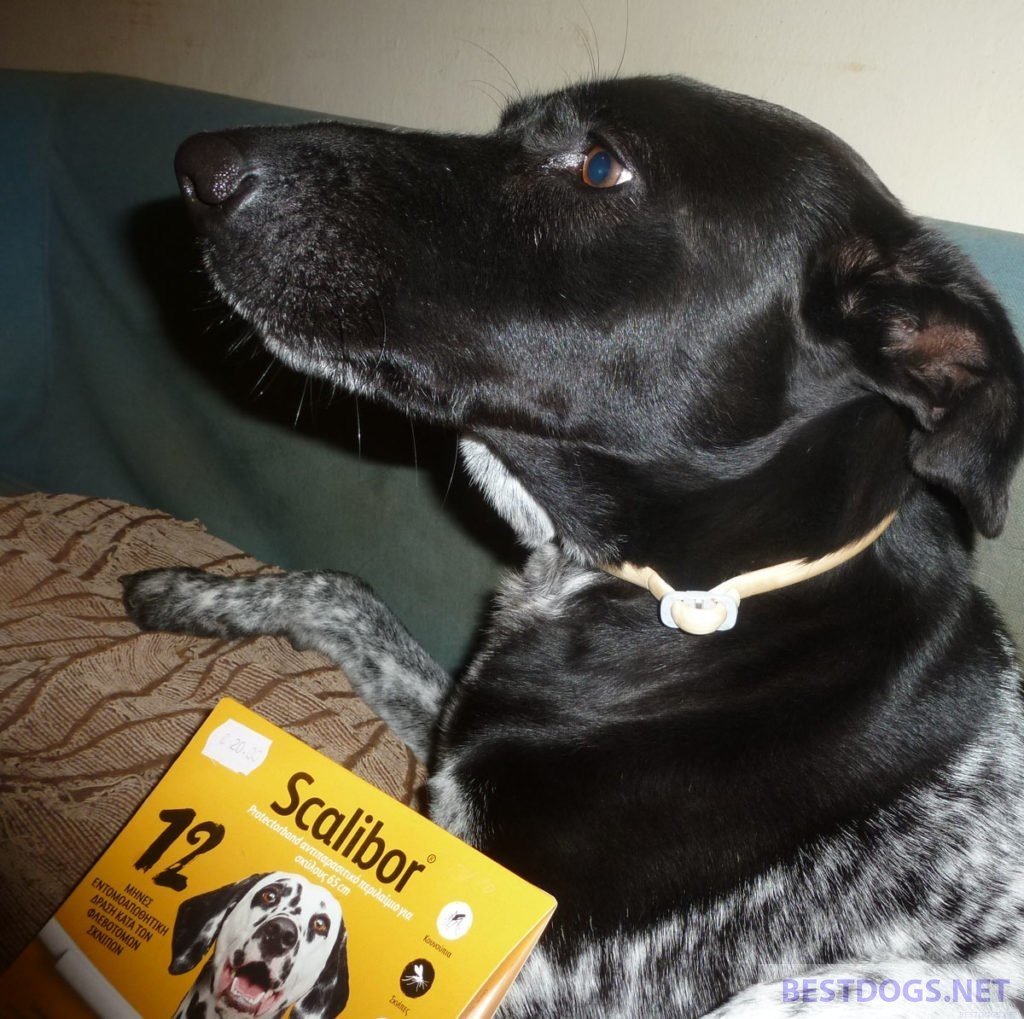
Prevention against leishmaniasis
In general, groomed dogs in the south wear an effective parasite collar, which keeps the vectors away.
For some time now there is also a vaccination against leishmaniasis, which can be used for most unified dogs from six months of age. The development of the vaccine has taken twenty years and allows the dogs to be almost completely protected against a bite of the sand fly.
The vaccination requires three injections at an interval of three weeks and protects the animal’s immune system against the symptoms of infection.
The vaccination must be repeated at the veterinarian’s office at annual intervals.
However, once the dog has fallen ill with leishmaniasis, only an expensive therapy with Milteforan intensively carried out over two weeks will help.
Nevertheless, the dog will never lose the pathogen again, it can only be reduced in the blood to such an extent that there is no outbreak of the disease. For this purpose, tablets (e.g. Zylapour) must be administered daily, which are not very expensive. If the proportion in the blood has fallen below a certain level, these can be dispensed with later. A blood test is also carried out by the vet every six months.
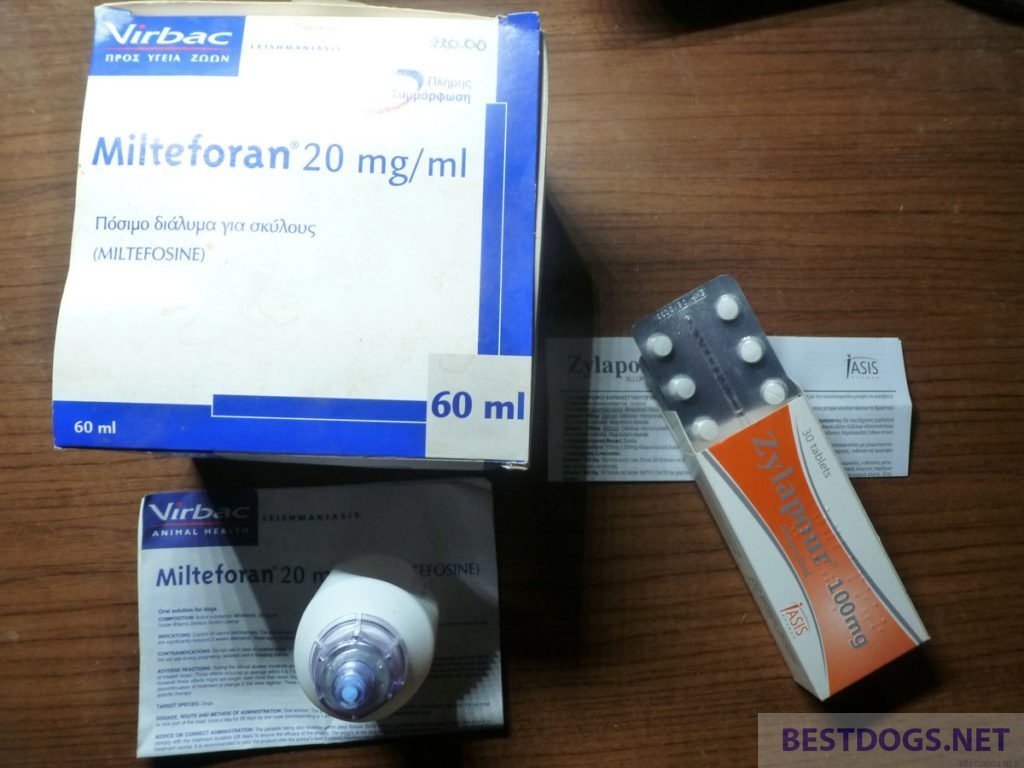
Leishmaniasis leads to the death of the dog without treatment. Even after treatment, the disease can reappear due to a weak immune system, which can be caused by stress, poor nutrition, strenuous physical exertion or additional illnesses.
With the right treatment and precautions, however, the dog can lead a completely normal and happy dog’s life without endangering its environment in any way, except for the tablets to be administered daily and a mandatory protective collar, which must be renewed every four months. Therefore, there is no danger of infection for the owner or other animals in the household, as the transmission can only occur through the sand fly of the Mediterranean area.
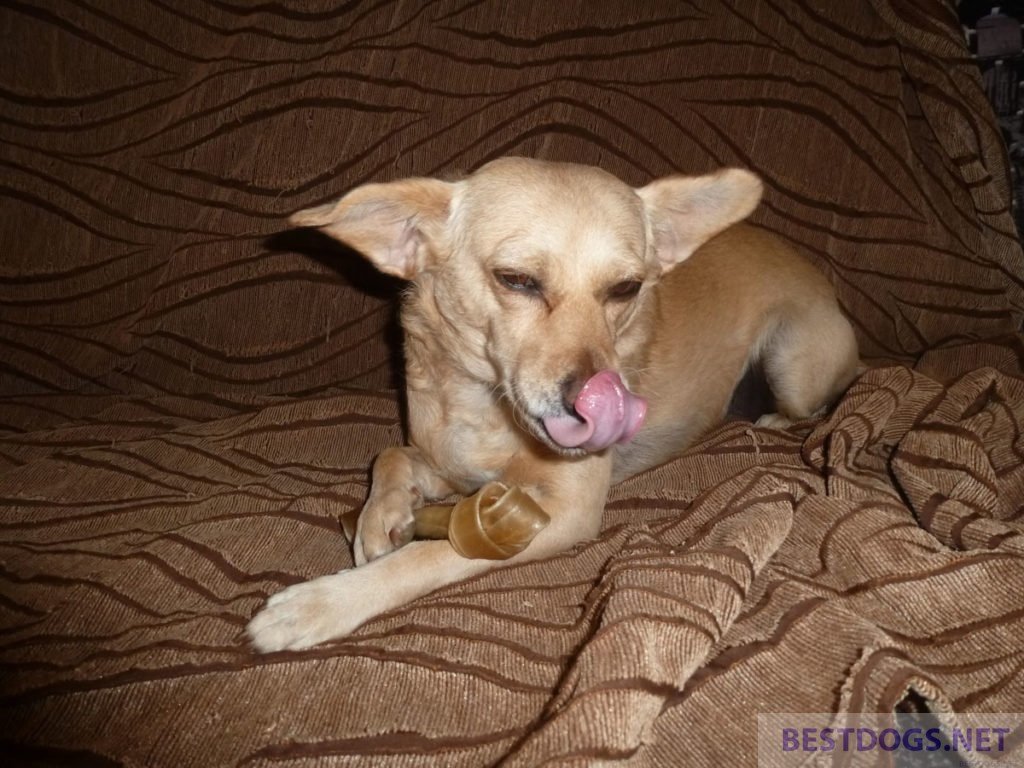
Only for dogs from the age of ten months can a reliable test for leishmaniasis and other Mediterranean diseases be carried out by a veterinarian.
There is also a quick test, but it is not as meaningful. This involves dropping a few drops of blood onto a test strip. The laboratory test is of course more reliable, but it takes longer and is more expensive.
However, the safest method is a bone marrow or lymph node puncture.
Babesiosis
In the case of the unicellular pathogens of babesiosis, transmission is by tick bite. The incubation period can be between two days and five weeks. The pathogen destroys the red blood cells and causes anemia.
Common symptoms are high fever, a weak and tired animal, pale mucous membranes and lack of appetite. The liver and spleen may also swell.
If the disease is not detected in time and then treated, it ends with the death of the animal.
Ehrlichiosis
Ehrlichiosis is also transmitted by the same ticks. Therefore, ehrlichiosis can also occur together with babesiosis as described above.
The Ehrlichiosis bacteria cause a course of disease that is divided into different phases.
The first phase occurs after one to three weeks and shows weight loss and lack of appetite, shortness of breath, lymph node swelling and pus from the eyes and nose as symptoms. Sometimes the animal also experiences muscle twitches, paralysis and cramps.
This phase of the disease is the most obvious and treatment should be started immediately.
These obvious symptoms are followed by a sub clinical phase. During this time there are strong changes in platelet and leukocyte levels.
If the disease is not treated from now on or the dog suffers from an immune deficiency, the disease from now on proceeds chronically with dramatic effects. This can result in mucous membrane bleeding and organ damage or even meningitis, blindness and muscle atrophy.
Therefore, a dog adopted from the Mediterranean area is best also tested for ehrlichiosis, because when it is in the sub clinical phase, no obvious symptoms are visible. At this stage the treatment is still successful, whereas in the chronic final phase it is difficult and often not very successful.
Heart worm disease
Heart worm disease is also known as dirofilariasis. It is transmitted by mosquitoes, which deposit worm larvae under the dog’s skin when they bite. There these larvae develop into small worms in about three months, which penetrate the vascular system. These nematodes then remain in the heart and lungs in the larger blood vessels.
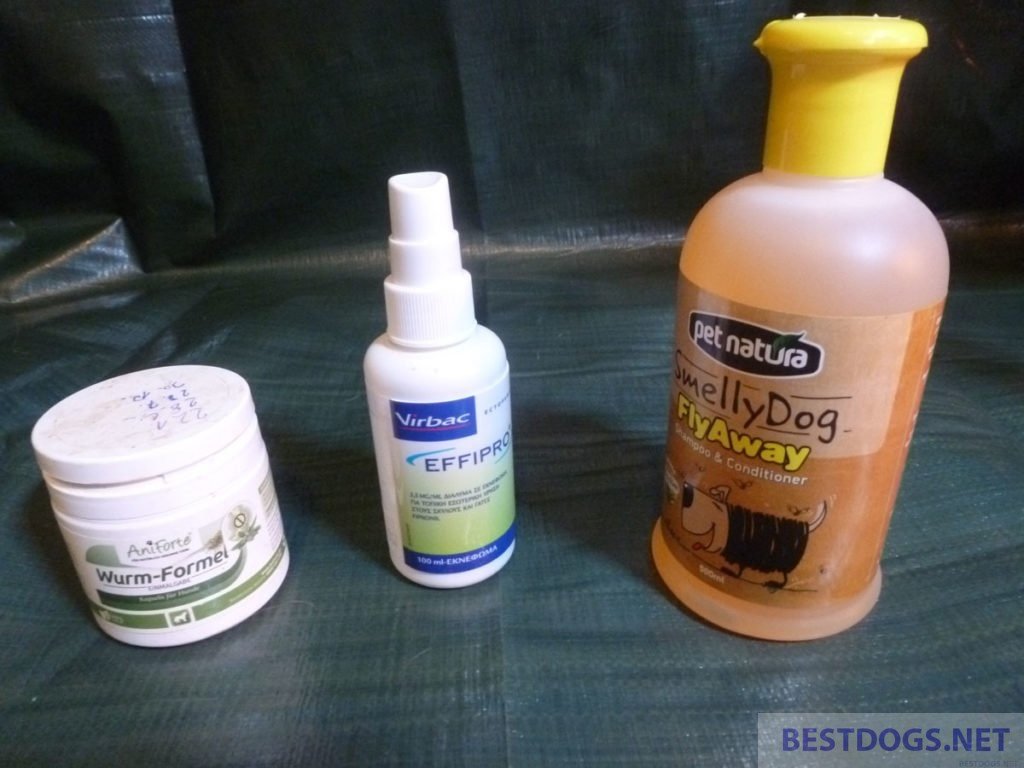
The symptoms of the dog are subsequently coughing, emaciation, loss of performance, apathy and shortness of breath and extend to the accumulation of water in the abdomen.
Finally, the number of heart worms becomes so great that they close the opening of the heart valve between the right ventricle and the vena cava. The urine then turns gray and the liver and kidneys are affected.
Now only a surgical intervention within a few days can save the dog, in which the worms are removed from the opening at the heart.
If a dog is to accompany you on a trip to the south, for example to Crete, it is advisable to take prophylaxis against this insidious disease beforehand. For this purpose there are medicines available at the veterinarian.
Also adopted dogs from the south, which show the symptoms of heart worm disease, can be successfully treated with it.
Fleas and ticks
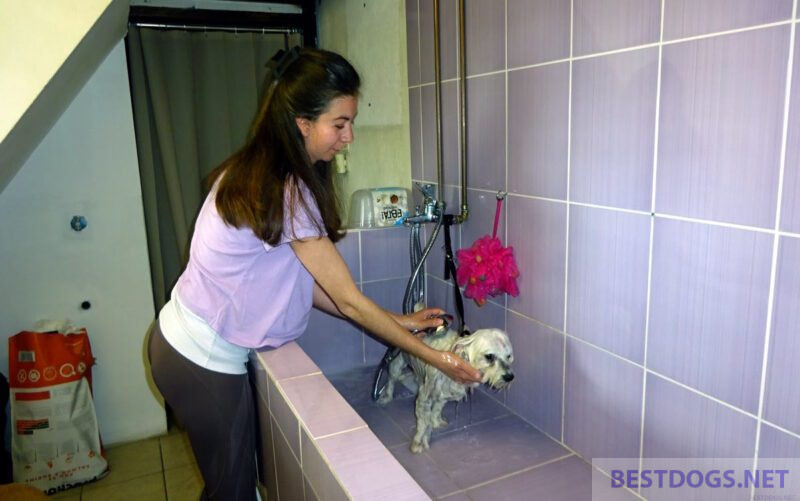
Just like worms, fleas and ticks occur more frequently in the south due to the warmer climate. At first, they are not a disease, but they can transmit them or at least are annoying.
First of all, every dog should have its coat groomed regularly. Not all dogs like this evenly, some love it, others flee into the garden at the sight of the brush or even try to snap.
A dirty or matted coat not only looks less pretty, but also causes itching and, depending on the breed, can even restrict the dog’s unhindered movement.
Combing and brushing has the same effect as a massage on humans, which stimulates the appetite and also lets the blood circulate in the body.
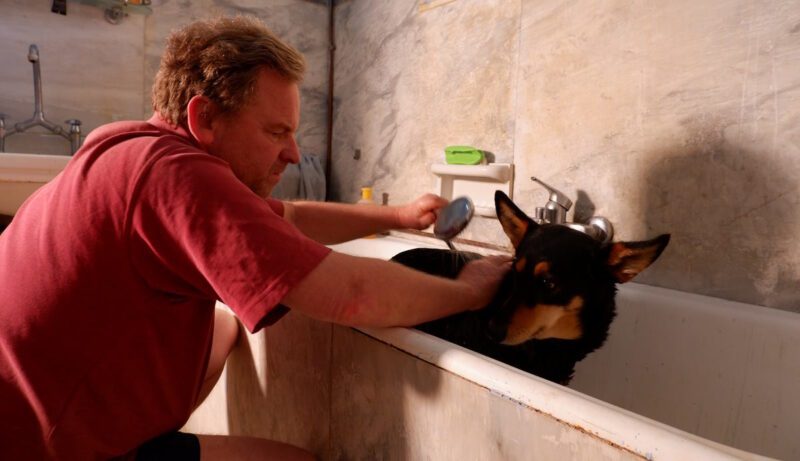
Washing with dog shampoo in lukewarm water is also sometimes unavoidable. Since dogs have different smells than humans and their nose is more sensitive, they sometimes like to roll around in carrion or dirty puddles. On the other hand they detest scented shampoos, perfumes or deodorant sprays.
Bathing with a chemical detergent is therefore neither pleasant for the dog nor good for its health. Because dogs don’t ‘sweat’ due to the lack of sweat glands, even when it’s very hot, their fur is always evenly greased and therefore has excellent protection against moisture and cold. Thus, a short-haired dog can go into the water, only has to shake afterwards and is dry again.
If the dog is now washed with soap, for example, this protective film is destroyed and even light rain penetrates to the skin and can lead to colds.
Bathing degreases skin and hair, which in turn leads to faster, new pollution. Many skin diseases are therefore also the result of too much bathing.
In summer, ticks also settle on the dog’s skin. These are best removed with a slight twisting motion using tick tongs. As against fleas, there are sprays for prevention and the protective collar also reduces the tick infestation.
Fleas can also be prevented with spray, while all the dog’s blankets should be washed every two weeks at a temperature of 60° C (140° F). During this time young fleas hatch from eggs and the high temperature causes eggs and fleas to die.
Sofa, bed, carpets and all blankets and furniture on which the dog can lie are also sprayed every fortnight with a mixture that is unpleasant for fleas.
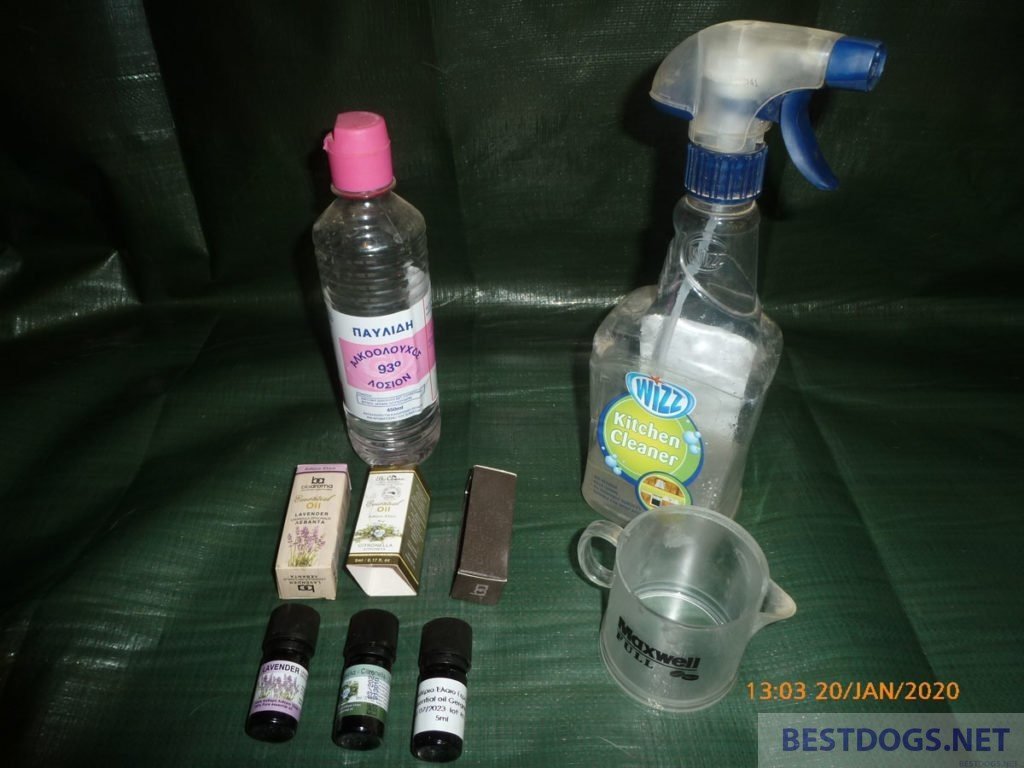
You can mix this mixture yourself, namely
- 8 drops of Citronella,
- 7 drops of Lavender and
- 6 drops of Geranium
each 100 ml (3.3814023 oz) of water.
The input should be made in oil in a small cup, as direct dripping into water does not result in proper mixing of the substances. Only then fill the oil with the substances with the necessary amount of water.


